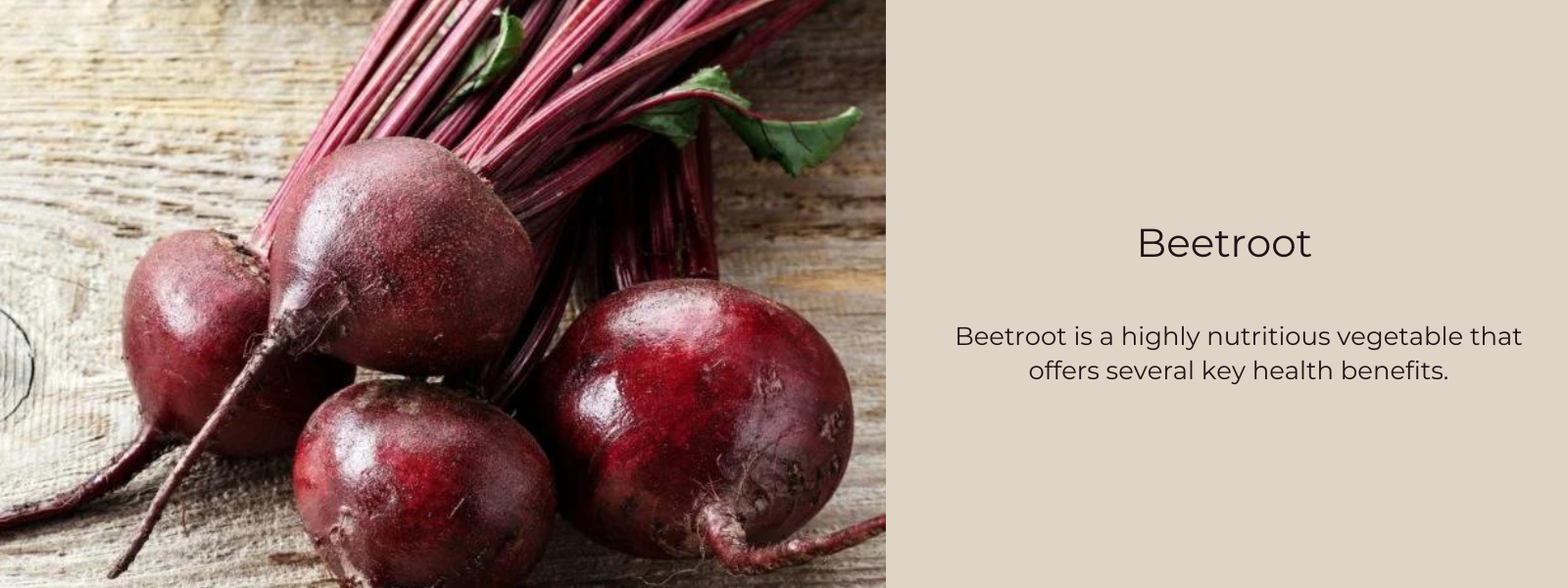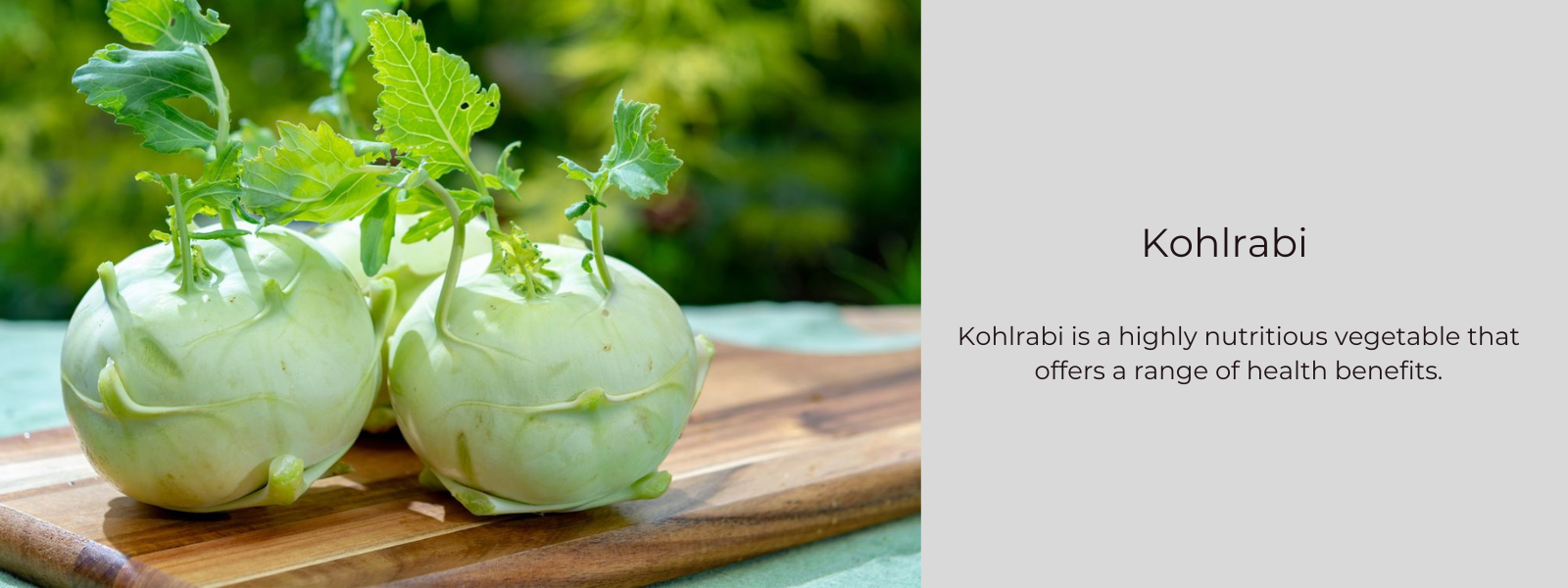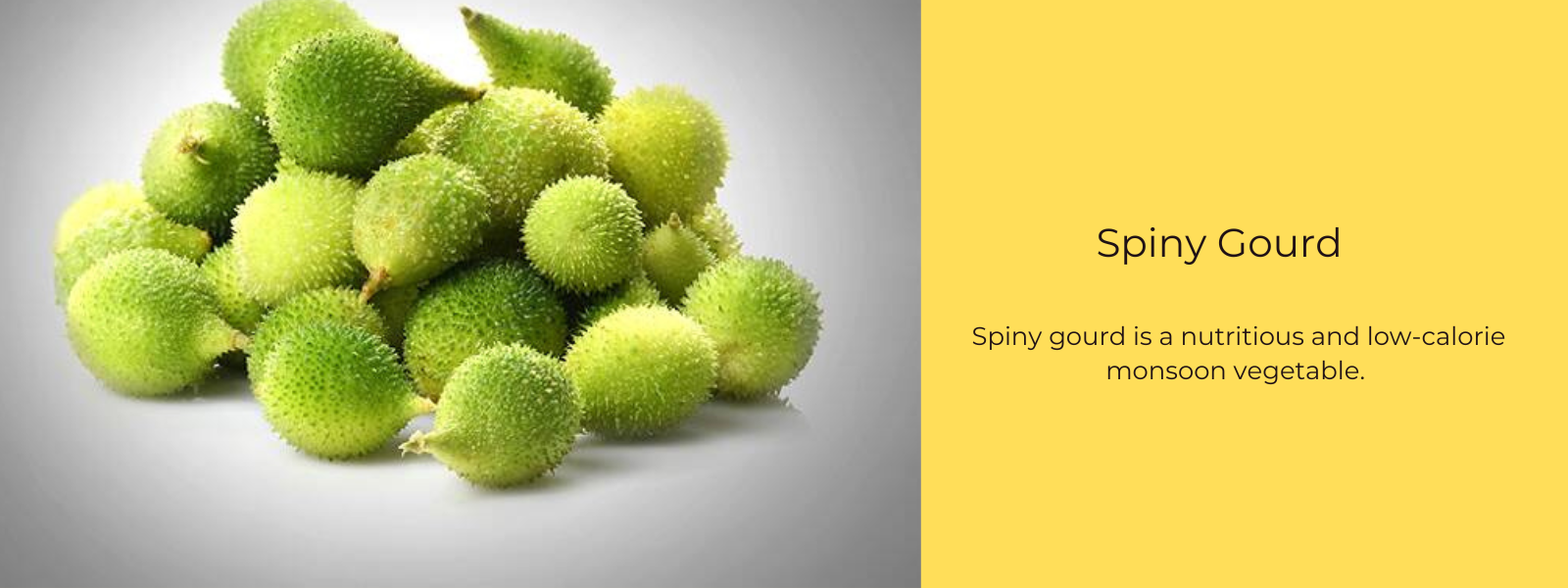Radish is widely used in cooking and is known for its crisp texture and slightly spicy taste. Radish come in a variety of shapes, sizes, and colors, including red, white, and black. They are low in calories and high in fiber, vitamins, and minerals, making them a healthy addition to any diet. Radishes can be eaten raw, roasted, pickled, or cooked, and are often used in salads, sandwiches, and as a garnish.
Table of Contents
Radish - types, colors, and health benefits:
Radishes come in a variety of types and colors, each with its unique flavor and nutritional profile. Here is an overview of radishes, their types, colors, and health benefits:
Types of Radishes
- Red Globe Radish: This is the most common type of radish, with a round shape and a bright red skin. It has a crisp texture and a slightly spicy flavor.
- French Breakfast Radish: These are elongated, cylindrical radishes with a red top and white bottom. They have a milder flavor than the Red Globe variety.
- Black Spanish Radish: These radishes have a black or dark brown skin and a white flesh. They have a spicy flavor and a slightly bitter taste.
- Watermelon Radish: These radishes have a green and white exterior, but when sliced, reveal a bright pink interior that resembles a watermelon. They have a mild, sweet flavor.
Colors of Radishes:
- Red Radishes: The most common color of radish, with a bright red skin.
- White Radishes: These radishes have a white skin and a mild flavor.
- Black Radishes: These radishes have a black or dark brown skin and a spicy flavor.
- Pink Radishes: Watermelon radishes have a pink interior and a mild, sweet flavor.
Health Benefits of Radishes:
- Rich in Vitamin C: Radishes are an excellent source of vitamin C, which helps to support immune function and skin health.
- High in Fiber: Radishes are a good source of dietary fiber, which can help to promote digestive health and reduce the risk of certain diseases.
- Low in Calories: Radishes are low in calories and can be a good option for those trying to maintain a healthy weight.
- Antioxidant Properties: Radishes contain several antioxidants, such as anthocyanins, which can help to protect against oxidative stress and inflammation in the body.
- Potential Anti-Cancer Properties: Some studies have suggested that certain compounds in radishes may have anti-cancer properties, particularly in relation to digestive cancers.
Overall, radishes are a versatile and nutritious vegetable that can be enjoyed in a variety of dishes, from salads and sandwiches to soups and stir-fries.
Radish nutrition facts:
Radishes are a low-calorie vegetable that are high in several nutrients, including vitamin C, fiber, and potassium. Here are the nutrition facts for a one-cup serving (116 grams) of sliced radishes:
- Calories: 19
- Protein: 1 gram
- Fat: 0 grams
- Carbohydrates: 4 grams
- Fiber: 2 grams
- Sugar: 2 grams
- Vitamin C: 18% of the Daily Value (DV)
- Folate: 3% of the DV
- Potassium: 5% of the DV
- Calcium: 2% of the DV
- Magnesium: 2% of the DV
Radishes are also a good source of antioxidants, including anthocyanins, which give some varieties of radish their red or pink color. Additionally, they contain small amounts of other micronutrients such as vitamin B6, iron, and zinc. Radishes are a great addition to a healthy diet, providing a variety of nutrients with very few calories.
Popular ways to incorporate radishes in cooking and baking:
Radishes can be used in a variety of ways in cooking and baking, adding a crunchy texture and a slightly spicy flavor to dishes. Here are some popular ways to incorporate radishes in cooking and baking:
- Salads: Radishes are a classic addition to salads, adding crunch and a slightly spicy flavor. Try adding sliced radishes to green salads or making a radish salad with a simple vinaigrette.
- Sandwiches and Wraps: Thinly sliced radishes can add crunch and flavor to sandwiches and wraps. They pair well with avocado, cucumber, and other fresh vegetables.
- Pickling: Pickling radishes is a great way to preserve them and add a tangy flavor. Pickled radishes can be used in salads, sandwiches, or as a garnish for other dishes.
- Roasting: Roasting radishes can help to mellow their flavor and bring out their sweetness. Roasted radishes can be served as a side dish or added to a grain bowl or salad.
- Baking: Radishes can be baked into savory dishes, such as casseroles or gratins. They can also be grated and added to baked goods like bread or muffins for added flavor and nutrition.
- Topping for Tacos: Radishes make a great addition to tacos, adding crunch and a slightly spicy flavor. Try adding sliced radishes to fish or vegetarian tacos.
- Stir-Fries: Radishes can be added to stir-fries for a crunchy texture and a slightly spicy flavor. They pair well with other vegetables, like carrots and bell peppers.
Overall, radishes are a versatile vegetable that can be used in a variety of ways in cooking and baking. Whether sliced, roasted, or pickled, they can add a delicious crunch and a touch of spiciness to many dishes.
Interesting facts about Radish you may not know:
Here are some interesting facts about radish you may not know:
- Radishes are believed to have originated in China thousands of years ago and have been cultivated for over 4,000 years.
- The ancient Greeks and Romans were fond of radishes and believed they had medicinal properties. They used them to treat everything from headaches to intestinal parasites.
- In some cultures, radishes are considered a symbol of good luck and are often eaten on New Year's Day for good fortune.
- Radishes are a cool-season crop and can be planted in both the spring and fall.
- Radishes are a fast-growing vegetable and can be harvested in as little as three weeks after planting.
- Radish leaves are also edible and can be used in salads or cooked like spinach.
- Radishes come in a variety of colors, including red, white, black, and even pink. Watermelon radishes have a green and white exterior but reveal a bright pink interior when sliced.
- The largest radish ever grown weighed over 68 pounds and was grown in Japan in 2003.
- Radishes are a low-calorie vegetable, with only 19 calories in a one-cup serving of sliced radishes.
- Radishes contain compounds called glucosinolates, which are thought to have anti-cancer properties.
Overall, radishes are a fascinating vegetable with a long history and many health benefits. Whether you enjoy them sliced in salads or pickled as a snack, they are a great addition to any diet.
Tips on how to store Radish properly:
Radishes are a root vegetable that are best stored in a cool, moist environment. Here are some tips on how to store radishes properly:
- Remove the tops: If your radishes come with the leaves attached, remove them before storing. The leaves can draw moisture away from the radish, causing it to become dry.
- Store in the refrigerator: Place your radishes in a plastic bag or airtight container and store them in the refrigerator. The ideal temperature for storing radishes is between 32 and 40 degrees Fahrenheit.
- Keep them moist: To prevent your radishes from drying out, place a damp paper towel in the bag or container with the radishes. This will help to maintain the moisture level and keep the radishes crisp.
- Use within a week: Radishes are a fresh vegetable and should be consumed within a week of purchase. If you notice any signs of wilting or decay, discard them.
- Don't wash before storing: Avoid washing your radishes before storing them. The excess moisture can cause them to become soft and mushy.
By following these tips, you can keep your radishes fresh and flavorful for longer. Stored properly, radishes can be a great addition to salads, sandwiches, and other dishes for up to a week after purchase.










Leave a comment